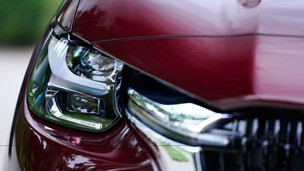Earlier today, we published a story about the new Ariel Atom AERO-P, which uses a unique technology to generate downforce that was banned in Formula One for giving cars an unfair advantage.
Motorsport rulemakers make the rules, engineers find ways to stretch those rules to the absolute limit, and then rulemakers get mad. Fans love it, but when the banhammer comes down, it comes down hard.
Here are six of the greatest racing cars that were just too beautiful for this world.
Consulier GTP
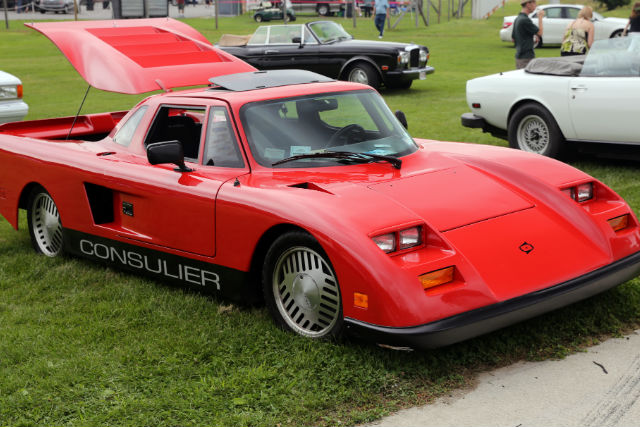
Designed by American economist and engineer Warren Mosler in 1985, the Consulier GTP had a stellar racing record during its brief career, consistently beating big-name brands like Porsche and Chevrolet.
It was so good, in fact, that the US International Motor Sports Association decided it wasn’t good business to have this scrappy upstart winning everything, so they introduced a new weight limit that effectively forced the GTP out of racing.
Jimmy Gronen’s soapbox derby car
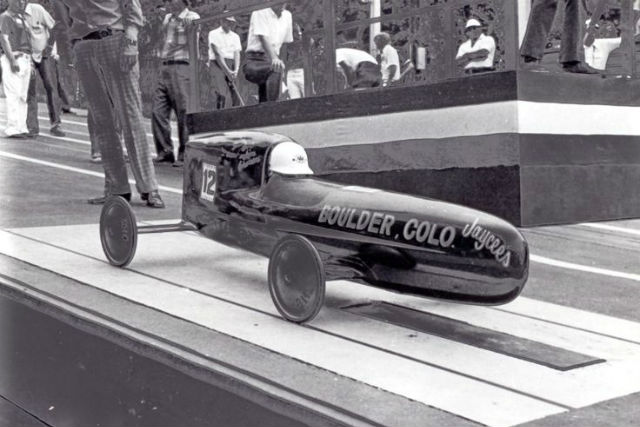
By all admissions, the soapbox derby car built by a 14-year old named Jimmy Gronen for the 1973 All-American National Soapbox Derby was a work of diabolical genius.
Gronen outfitted his car with a powerful magnet in the nose, which would pull the car forward off the starting line as the metal starting gate opened. When authorities got wind, Jimmy was stripped of his victory, his uncle was fined $2,000 and Jimmy’s hometown in Colorado was barred from ever participating in the race again.
WRC Toyota Celica GT-Four

By the mid-1990s, the FIA introduced new rules to try and make WRC cars safer and decreed that the turbocharged cars had to be fitted with turbo restrictors to limit power, a rule which is still in place today.
Toyota couldn’t have cared less what the FIA thought and constructed a system that would negate the effects of the restrictor. Its WRC-spec Celica therefore had 50bhp more than its competition, but the FIA eventually found out and put an end to Toyota’s rallying success.
Brabham BT46B
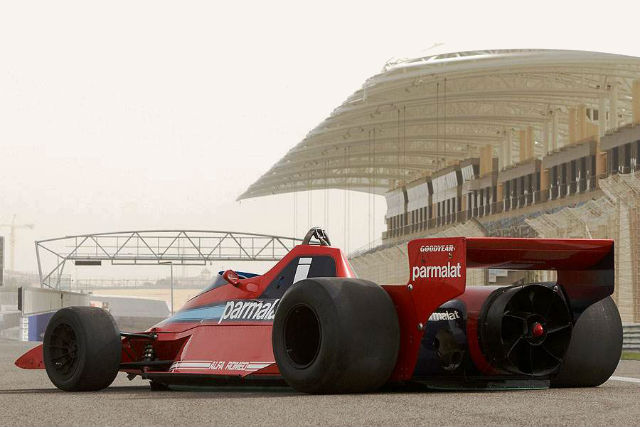
In 1997, famed Formula One engineer Gordon Murray decided to attach fans to the back of a Brabham F1 car, which sucked out air from under the car to generate more downforce.
The design also allowed the car to do away with large wings and spoilers, which increase drag and slow the cars down. When authorities got wind of the car’s design they swiftly banned it, and the technology, from F1 forever.
Chaparral 2J
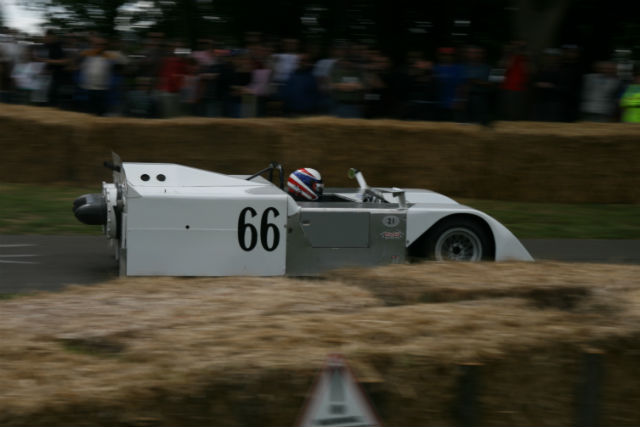
Much like Murray’s Brabham, the Chaparral 2J used a similar fan system to wick air from under the car, with the fan powered by a tiny snowmobile engine that was separate from the rest of the car.
The car sucked in more ways than one though, and a string of mechanical failures hampered its performance before it was banned from the Can Am racing series in 1970 for having an unfair advantage over its rivals.
Group B rally cars
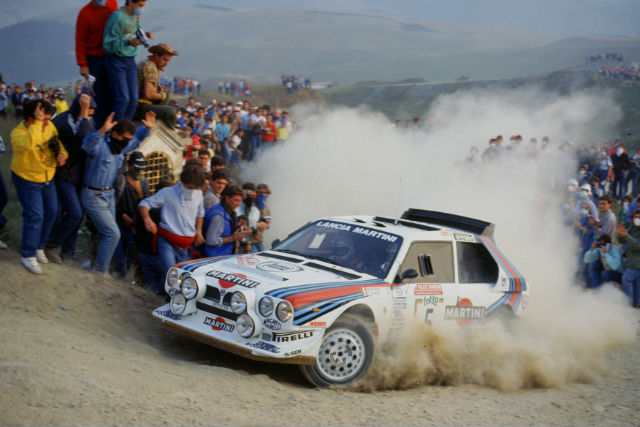
To this day, Group B is still regarded by many as rallying’s golden era, but with cars that were faster than F1 cars of the time, loose gravel surfaces and over-eager fans who stood literally inches from the action, it was also the most dangerous.
In hindsight, it’s no surprise that the immensely powerful cars like the Lancia Delta S4 were banned in the late 1980s after a few brief but brilliant years. Like they say, it’s better to burn out than fade away, but Group B unfortunately took that too literally.

